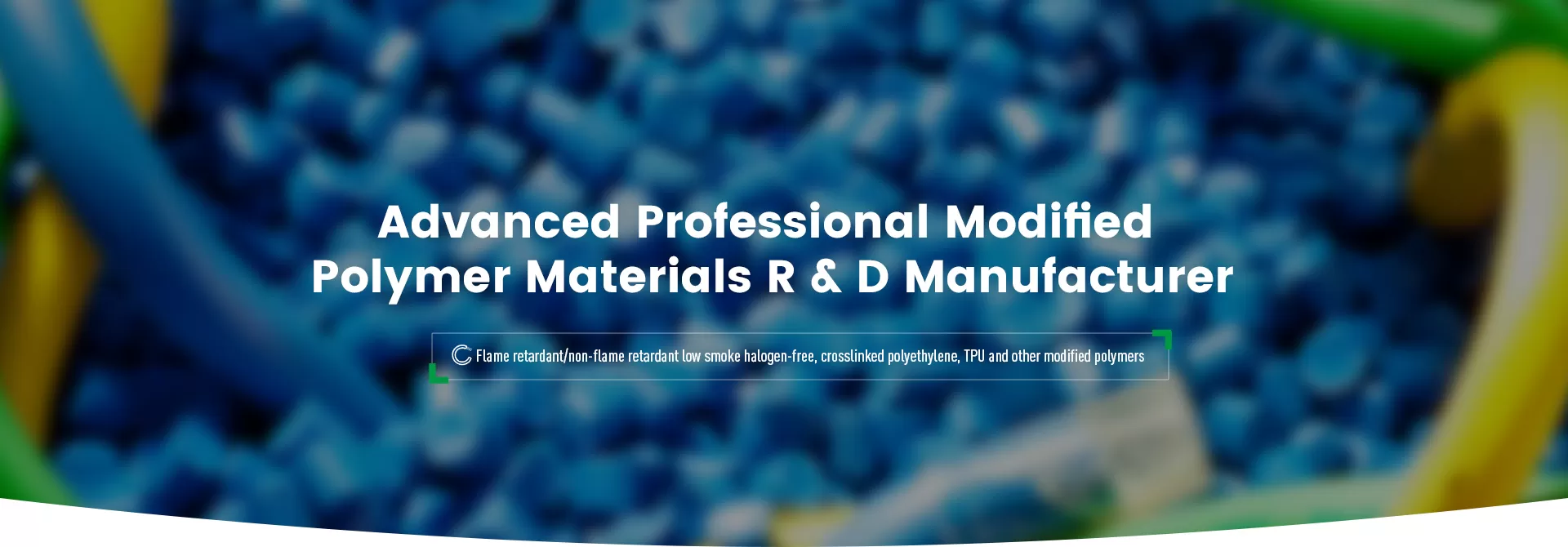
This product is divided into multiple models according to differnt physical properties (only part is shown here). It can be applied to optical fiber, optical cable, indoor and outdoor micro-tube, remote cable, round cable, UV-resistant cable, etc.
| Testing items | VALUE | Typical Value | UNIT | Method |
| Granule size | 3-7 | mm | \ | |
| Hardness | D40-D60 | D55 | / | GB/T 2411 |
| Density(20℃) | 1.85±0.05 | 1.75 | g/cm3 | GB/T 1033 |
| Tensile strength | ≥4 | 8.3 | MPa | \ |
| Elongation at break | ≥50 | 102 | % | \ |
| Amount of halogen acids | ≤5 | 0.1 | Mg/g | IEC 60754 |
| PH | ≥4.3 | 5.4 | / | IEC 60754 |
| Conductivity | ≤10 | 7 | µs/mm | IEC 60754 |
| LOI | ≥40 | 44 | % | GB/T 2406 |
Microtube fiber optic cable jacket material is an important material used to protect optical fiber and provide mechanical strength. Microtube fiber optic cables usually use special jacket materials to ensure the stability and durability of optical fiber in various environments.
LSZH Microtube sheath material is a type of halogen-free flame-retardant polyolefin modified material, mainly used in: Micro Duct/Micro Cable, FTTH, FTTx fiber blowing/microtube systems, indoor applications, low-voltage systems, data centers, and other occasions requiring halogen-free and low-smoke conditions.
Does not release corrosive gases such as HCl and HBr, has extremely low smoke density, is more friendly to equipment/personnel in fire scenarios, and meets relevant indicators of IEC60332 and EN/IEC60754.
Microtubes have thin walls and small diameters, requiring: high flexibility (easy to blow and bend), sufficient tensile strength (to protect the optical fiber), and crack resistance (micro-bending without cracking).
Microtubes have low processing tolerance, so the material must possess: stable melt flow, easy molding, no bubbling, no delamination, smooth surface, and low friction. Fiber blowing systems are sensitive to the coefficient of friction, therefore the sheath surface must be "clean and smooth."
It does not readily absorb water, does not produce acid corrosion, is friendly to fiber optic coatings, does not migrate, and does not over-extract.
In FTTH systems, its lifespan typically exceeds 20 years.
Why does LSZH (Halogen-Free Flame Retardant) cable often use microtube optical cables?
While traditional PE sheath are strong, they are not flame-retardant, produce high smoke levels, and release corrosive gases in fires.
Indoor applications, subways, airports, and building low-voltage systems generally require halogen-free flame retardancy.
Microtube structures have high requirements for mechanical properties and flexibility, making LSZH the optimal balance.
The main component is Mg(OH)₂ (magnesium hydroxide), with some formulations incorporating Al(OH)₃.
Decomposition upon heating absorbs heat → cooling
Releases moisture → dilutes combustible gases
Decomposition residue forms a protective layer → inhibits flame spread.
The flame retardant capability of LSZH materials is almost entirely supported by this system, therefore the inorganic filler content is typically ≥50 wt%.
The microtube of microtube optical cable is usually made of TPEE material, which has the elasticity of rubber and the strength of engineering plastics, providing good processing performance and long service life. TPEE material is soft and easy to tear, convenient for construction, and has excellent bending performance, which reduces the risk of tube bending and fiber breakage when the optical fiber is coiled in the joint box. In addition, TPEE has a low shrinkage rate, and long-term use will not cause problems such as optical fiber emitting and fiber paste overflow.
LSZH is an environmentally friendly material used for double-layer jackets of indoor optical cables, providing good flame retardant properties. In the event of a fire, LSZH material can reduce the generation of smoke and improve safety. The micro-beam tube is filled with optical fiber and water-blocking material, and the outer surface is evenly provided with protrusions along the circumference of the radial section. These protrusions can deform when subjected to force to provide additional protection.